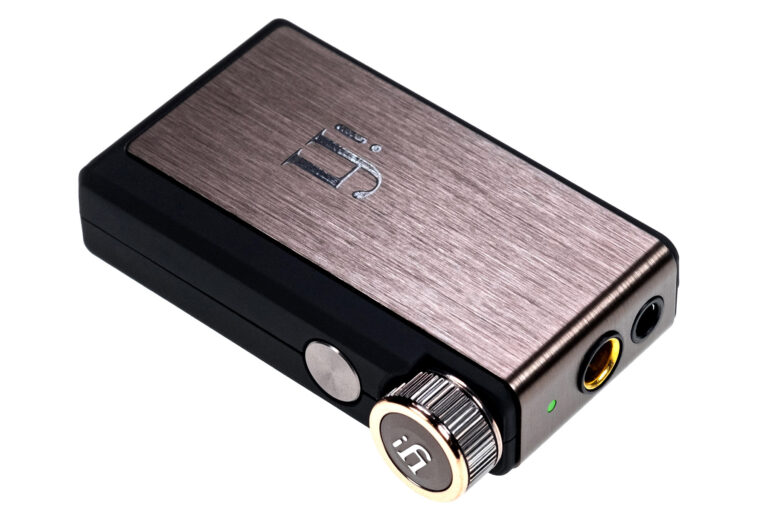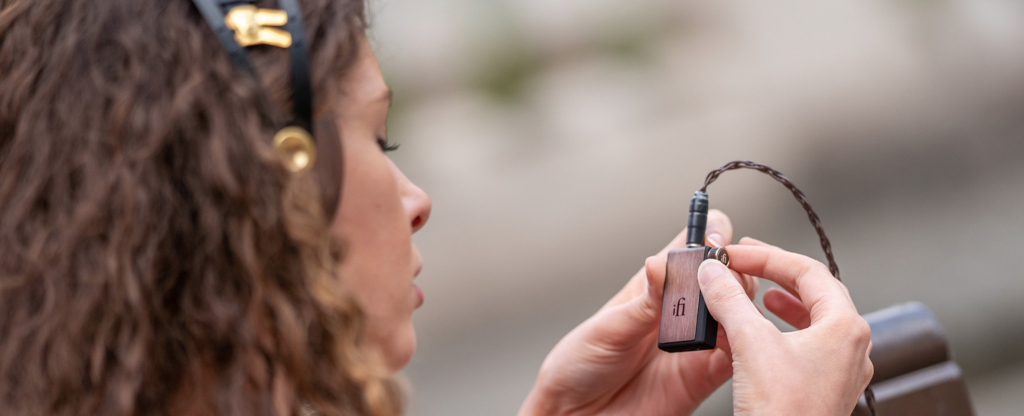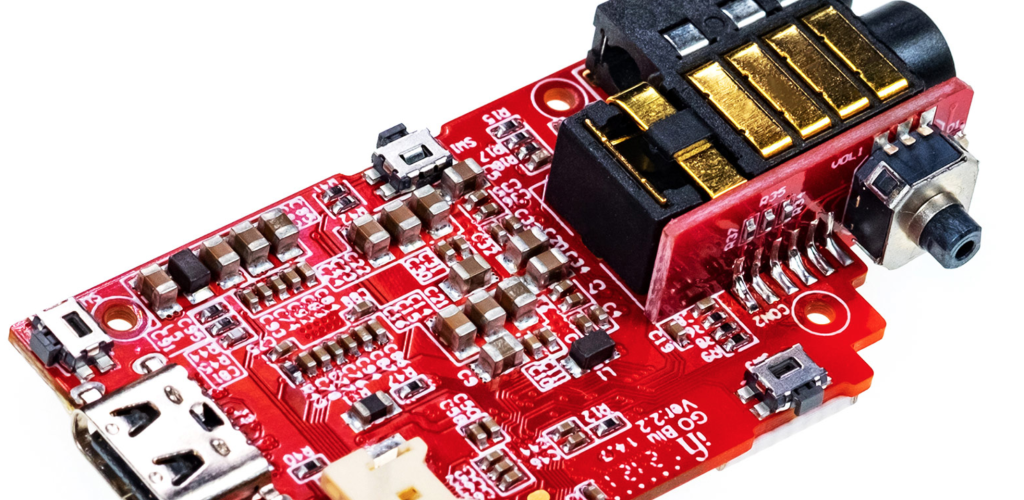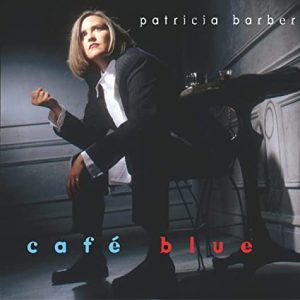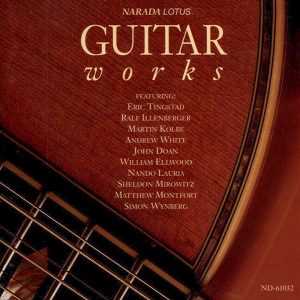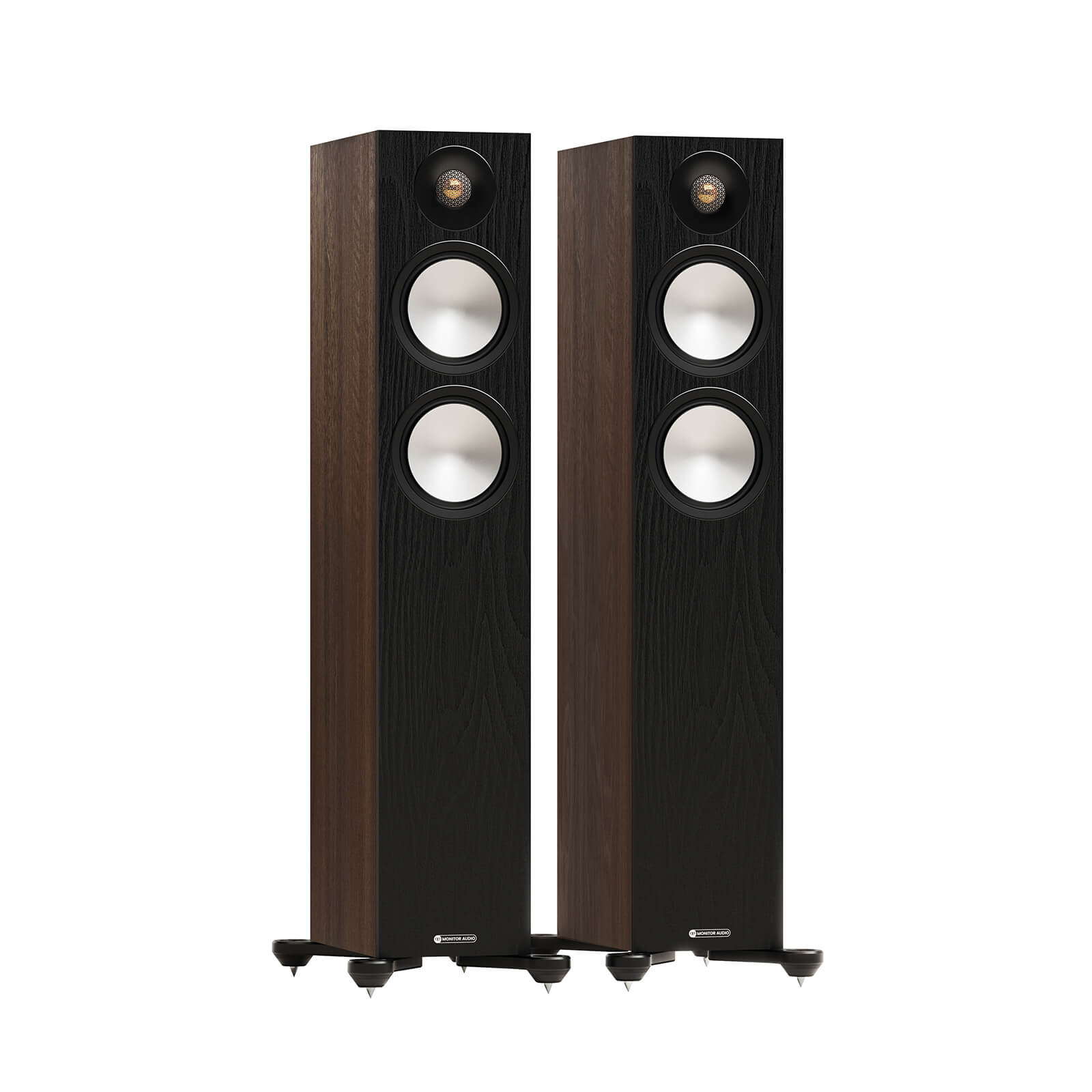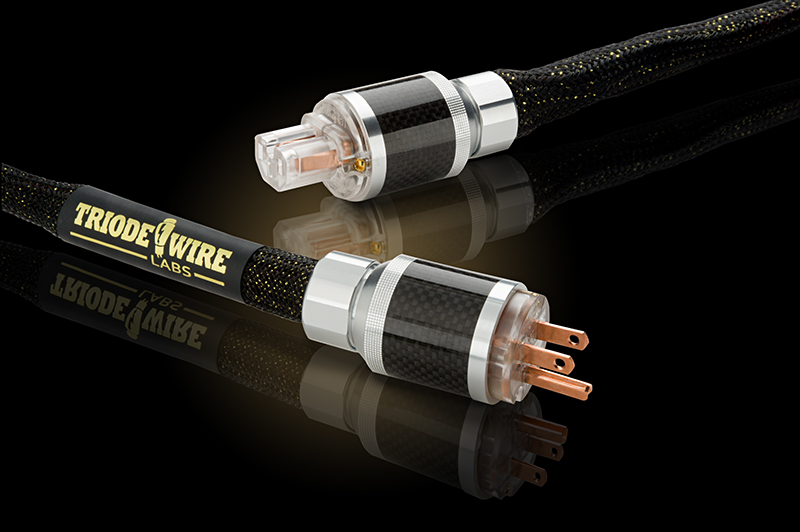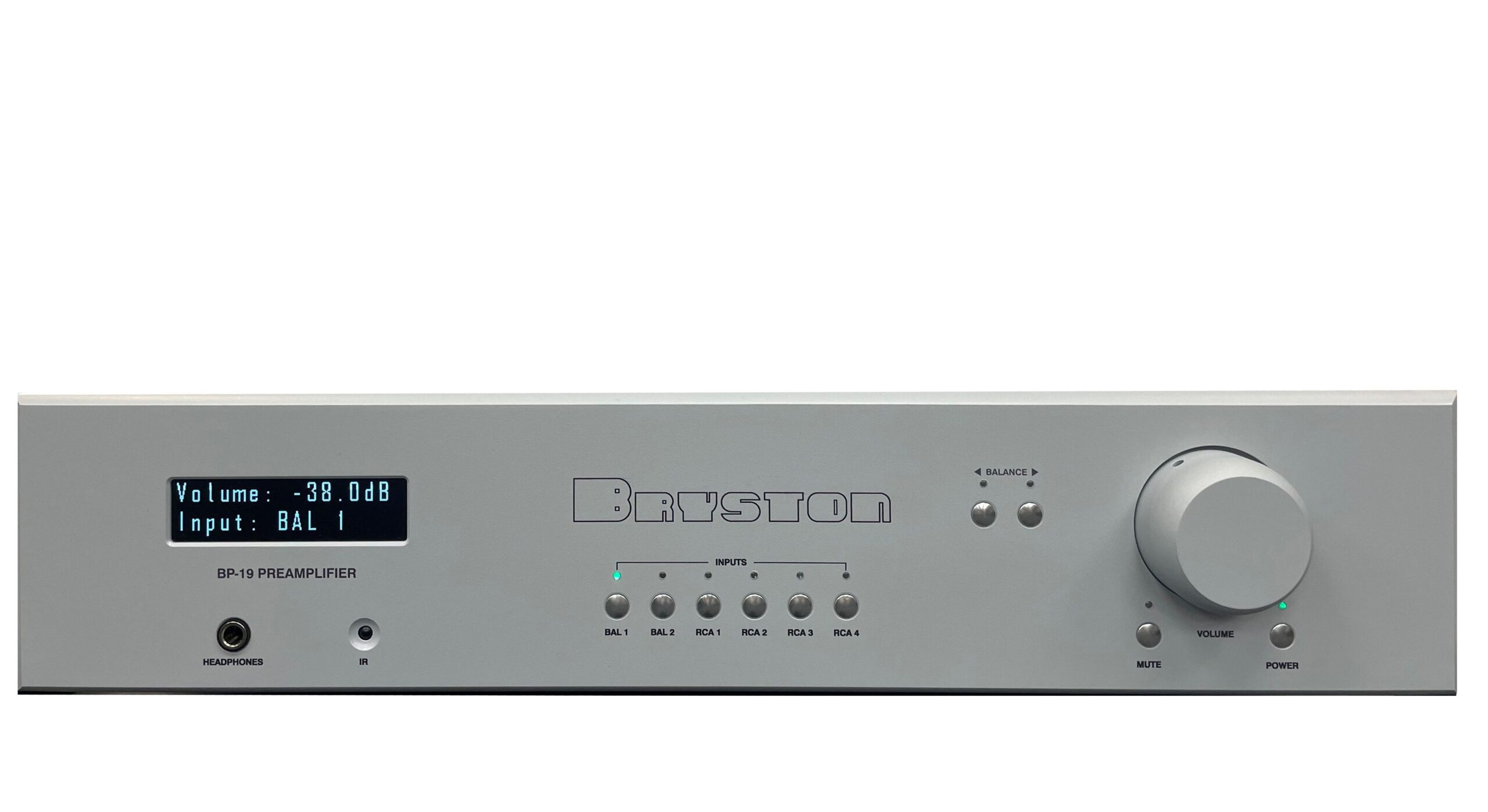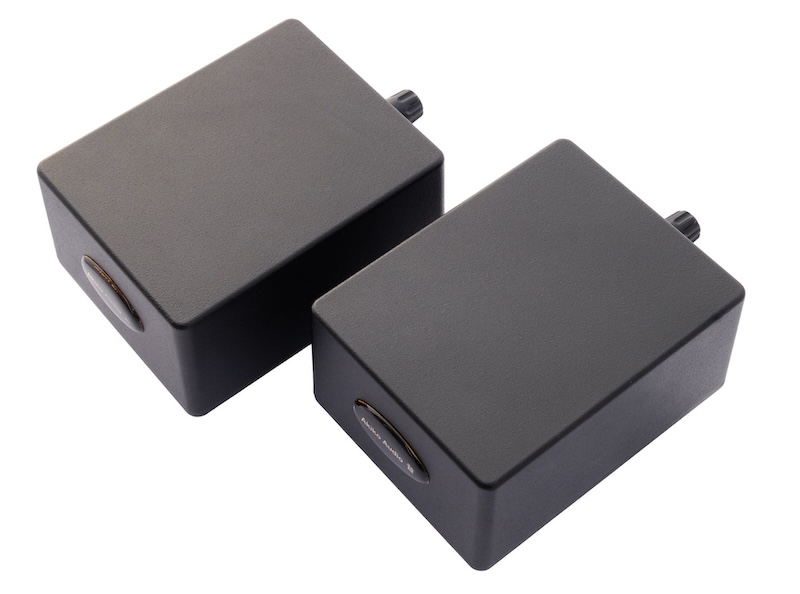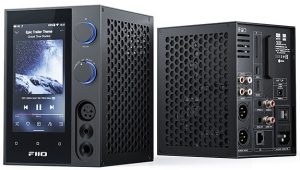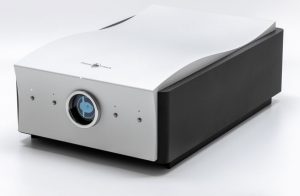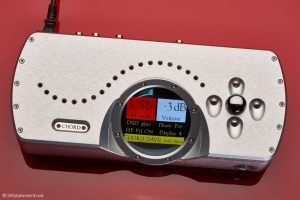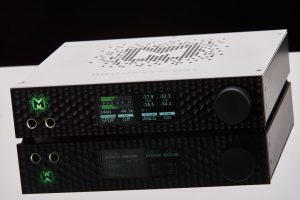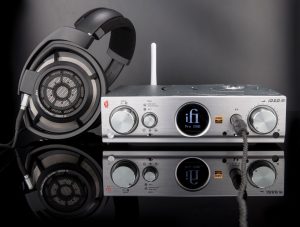"Honey, I shrunk the headphone amplifier and DAC," is what the engineers at iFi probably told their marketing counterparts when they first showed them the prototype of the GO blu, and that is hardly an overstatement! When I received the GO blu in the mail, and unpacked the unit, I encountered a component that is so diminutive I just had to look back inside the carton to see if there was anything else in there. The GO blu is so tiny it fit into the palm of my hand. I thought to myself, I have remote controls that are 5 times as large and many times heavier than this petite component with dimensions of 54 x 34 x 13mm and a weight of just 26 grams.
I found it quite incredulous that a headphone amplifier and a digital to analog converter, that iFi claims is true HiFi quality, could be squeezed into a component that is the size of a cigarette lighter. Well, I guessed a thorough review would be the only way to find out.
UK based iFi, started operating in 2012, and has since been positioning itself as a Company that marches to the beat of their own drum. Their products are always refreshingly innovative and quite a bit different to anything else in the world of audio. They have chosen to focus on portable and desk-top products, a strategy that has hitherto worked quite well for them.
Every iFi product that I have encountered thus far has been designed very thoughtfully, and the build quality is always immaculate. The iFi GO blu is no exception. Despite its minuscule size, the heft is very apparent. When manipulating the rotary dial in the top corner the clicks feel solid and precise, reflecting quality engineering. This rotary dial serves not just as a volume control, but also to control play, pause, skip tracks, and to access your phone's voice assistant. The front plate looks like metal but is actually a soft touch polymer, which unlike metal aides rather than hinders Bluetooth reception.
For the technically minded, the GO blu has a great frequency response of 20Hz - 45kHz (-3dB), a commendable signal to noise ratio of 111dBA in balanced mode and 106.5dBA in unbalanced mode. The total harmonic distortion is <0.009% (6.5mW/2.0V @ 600Ω)/ in balanced mode and <0.03% (100mW/1.27V @ 16Ω) in unbalanced mode.
Priced at $199, the GO blu is a good value for what it offers, especially since currently I know of no other product that can do exactly what the Go blu does, which is to offer a Bluetooth 5.1 connection to your source device in such a tiny package. One product that does come close is the Audiolab M-DAC Nano, which is similarly priced but which offers the older Bluetooth 4.2 chipset. The GO blu has two headphone gold plated outlets 3.5mm and for balanced headphones, 4.4mm.
Below the volume control I found a Bluetooth function button that cycles through three sound effects, namely XBass, XSpace, and a combination of the two. The fourth option is to cancel all sound effects. It has an LED that changes color to let you know which sound effect you are currently switched to. This LED turns yellow when you are in XBass, light blue when you switch to XSpace, white when you have combined the two, and off when no sound effects are being used. On a full charge, you can get around 10 hours of listening time, but that will vary depending mainly on the volume level that you listen at.
Along the left side of the unit is a dedicated power button, and on the bottom edge is a multi-use USB-C port and a little factory reset button you'd need a pin to push. There's also an LED for battery status—since you can get up to 10 hours, when it's flashing green you're good, yellow you should charge it at an early opportunity if you want to keep listening for many more hours, and red, you need to charge as soon as possible. Juicing up takes a maximum of 40 minutes. Lastly, there's a chip-based CMOS-MEM microphone to enable hands-free calls, gaming talk, and access to voice assistants including Apple Siri and Google Assistant.
Interestingly, the USB-C socket, isn't just for charging, it also doubles as an audio input, enabling USB connection from your source device. Hi-res PCM files up to 24-bit/96kHz are supported when the Go blu is connected in this way, thus differentiating the product substantially from the Audiolab M-DAC Nano, which only offers a Bluetooth connection. I would have liked some indication of the bit rate of the music playing, but at this price point, perhaps that is a bit too much to ask. The heart of the Go blu is a Cirrus Logic 43131 32-bit DAC chip.
It's a no-brainer to pair the GO blu to another Bluetooth device, and there is a tone that sounds to confirm when the pairing has been successful. For the review I connected the GO blu to my iPhone. It is very evident that the sound quality through the GO blu is distinctly superior in every way to the sound quality, when the headphone is connected directly to the iPhone.
It would also behoove you to listen to the GO blu through a high-quality pair of headphones. I tried out various headphones and ear pods and got the best sound quality through my trusty Sennheiser HD600 headphones. Through these highly regarded headphones the sound was fuller, richer, and more saturated with a good bottom end. My personal preference was to listen to the GO blu with none of the sound effects it offers. However, the sound effects, especially the XBass, did improve the bass performance when listening through lesser quality headphones and ear pods, especially models that are otherwise bass-shy. What I liked is that the bass enhancement is achieved without the penalty of muddying up the midrange.
The biggest difference between listening through the GO blu versus listening directly with the iPhone, is the sound stage, which through the GO blu was noticeably wider and deeper. This was more evident when listening to classical and big-band music. When listening to the track "Some Enchanted Evening" from the album, Ros on Broadway featuring Edmundo Ros and his Orchestra performing at the Edmundo Ros Club in London, the GO blu was able to better capture the magnificence and scale of the performance.
The GO blu is also very adept at rendering female vocals. When listening to the track "Blue Eyes Crying in the Rain" from the Eva Cassidy album Somewhere, I was better able to connect emotionally with the artiste when listening through the GO blu, because there was better presence and more intricate texture in Eva's voice.
The very well recorded percussion on the track "Nardis" from the Patricia Barber Café Blue album are also crisp and taut through the GO blu. The leading edges and the decay were also spot on, as was the PRaT.
I was particularly impressed with the way the GO blu reproduced guitar strums on the track "Monongahela" from the Narada Lotus Guitar Works album. Every guitar strum is very well defined with good focus and weight.
So how does the GO blu rendering of music compare to wired listening? Is it comparable? I would not go that far, but I can say that in situations where portability is necessary, you could do a lot worse than the GO blu. At its price point, I doubt you can do much better in the Bluetooth domain. The fact that the GO blu is so tiny and lightweight, makes it so easy to slip it into your pocket and enjoy your favorite tunes on the go.
In the world of audiophiles, where many affluent enthusiasts of this wonderful hobby routinely drop thousands of dollars on cables and tweaks, the $199 price of the GO blu is chump change in comparison and given the great engineering and build quality of this pocket rocket, I feel that it is a must have, for audiophiles who would like to enjoy their music on the go.
iFi GO blu Amp/DAC
Retail: $199
AMR/iFi audio (Abbingdon Global Ltd – no 061901300)
Guildford, 79 Scarisbrick New Road
Southport, PR8 6LJ
+44 (0) 1704 543 858
AMR/iFi audio (USA)
105 Professional Pkwy, Ste 1502, Yorktown, VA 23693
1211 Park Ave, Ste 102, San Jose, CA 95126
+1 (800) 799-IFIA (4342)
https://iFi-audio.com/about-iFi/




